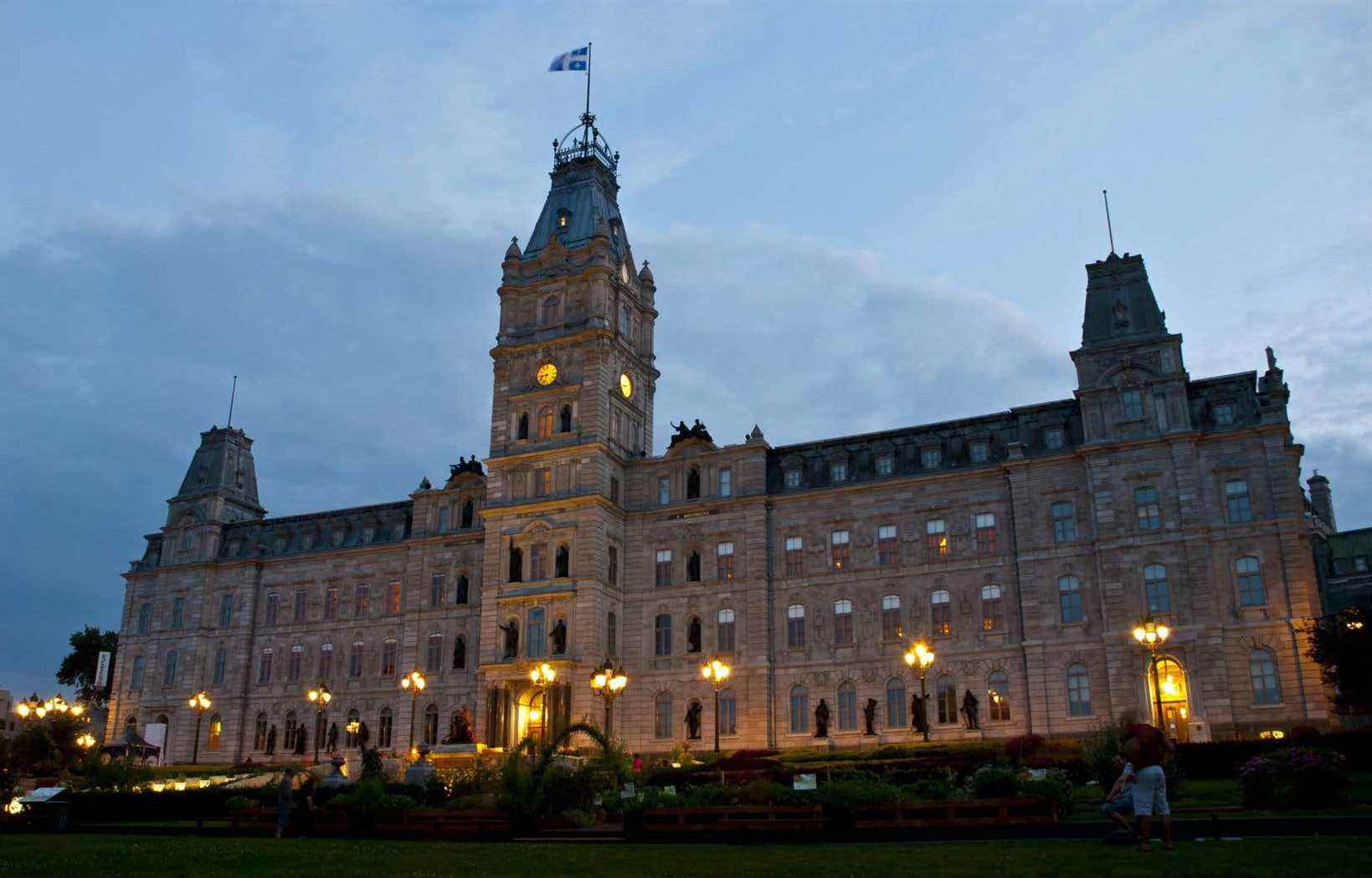Members of the National Assembly have decided to increase the institution’s budget by $25 million, one year after the declaration of an accumulated surplus of $21 million in its coffers.
The elected officials of the four political parties represented in Parliament voted in February for funding of 167.5 million, in 2022-2023, an increase of nearly 17 percent compared to the previous year.
In addition to the indexation planned for the entire public administration by the Treasury Board, the National Assembly granted itself, from the government’s consolidated fund, an additional sum of $17.2 million.
The institution’s communications department has said that it will take a few more weeks before knowing more about this increase, which will be discussed publicly during a study of appropriations in parliament.
“The budget takes into consideration the parameters set out by the Secretariat of the Conseil du trésor and the amounts necessary to ensure quality services to citizens and parliamentarians”, was content to respond to the Homework spokesperson Laurie Gosselin-Bélanger.
Documents tabled last week with the most recent Girard budget indicate that the increase in the budget of the National Assembly is attributable “in particular” to an increase in remuneration costs.
Last year, public funds were to be used to hire the equivalent of 756 full-time employees, a number which should increase to 822 next year.
All of these budgetary decisions are made by the Office of the National Assembly, which reports to President François Paradis. The Coalition avenir Québec, the Liberal Party, Québec solidaire and the Parti québécois are represented by their deputies.
The representative of Quebec solidaire Ruba Ghazal, who voted in favor of this increase, refused an interview request on this subject. “With the study of appropriations which will take place in the coming days, the president will have the opportunity to respond to the precise reasons for these increases”, replied the press officer Sandrine Bourque.
Savings
In total, the National Assembly provides for cash outflows totaling 176.8 million next year. Mme Gosselin-Bélanger explained that the difference of nearly 10 million compared to the expenditure budget of 167.5 million is linked to an investment budget which is added to operating costs. No details were given on the source of the funds that will cover this difference.
However, the institution has an own-source revenue account, the equivalent of a woolen sock in which its budget surpluses accumulate. It was not possible to know what is the current amount of this kitty which, a year ago, contained 21 million dollars.
Part of the revenue comes in particular from unused remuneration budgets. In 2020-2021, an amount of $2.4 million was thus transferred to the own-source revenue account, due in particular to the slowdown in activities caused by the pandemic.
Construction
As for the investment budget, the documents tabled last week show that the National Assembly plans to spend $17.4 million, up $1.3 million from the previous year.
“This variation is explained in particular by investments for work for the development of the parliamentary precinct, indicates the Expenditure Budget. Shifting parliament towards better integrating technology-related opportunities remains a priority objective for the 2022-2023 fiscal year. »
In recent years, the National Assembly has financed major real estate projects by drawing tens of millions from its accumulated surpluses, in particular for the construction of a reception pavilion in front of Parliament, the cost of which has gone from 50 million to 60 million.
More recently, the institution embarked on a project to expand its cafeteria and redesign its interior courtyard. Preliminary costs are estimated at 9.5 million. The project notably provides for the installation of a management site for its waste on land located under the windows of the office of the Lieutenant-Governor, J. Michel Doyon.
